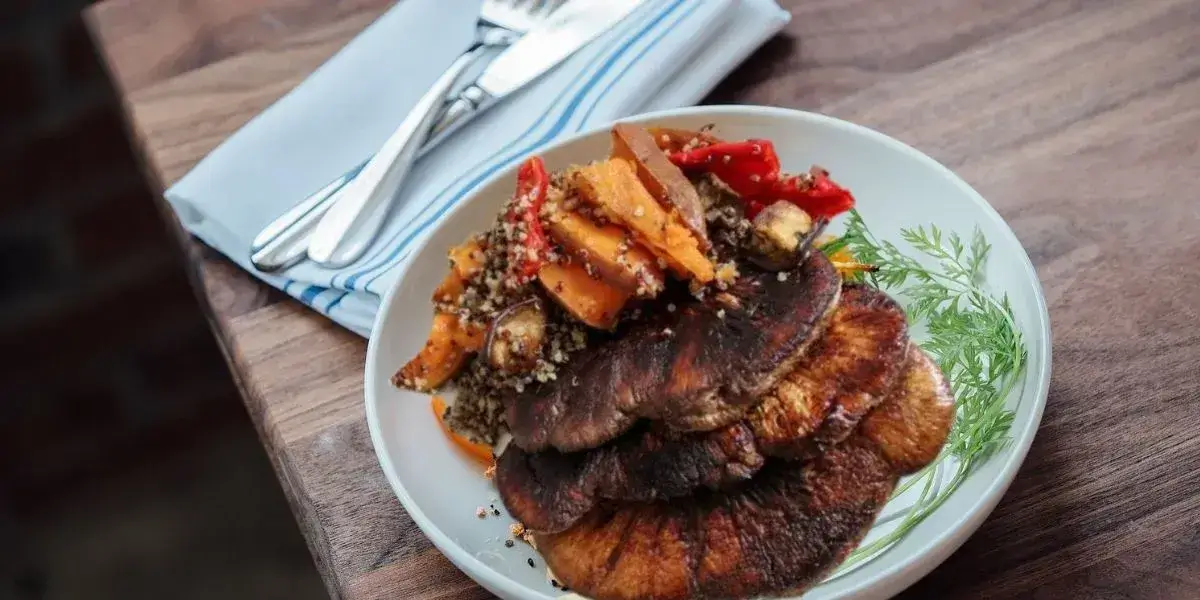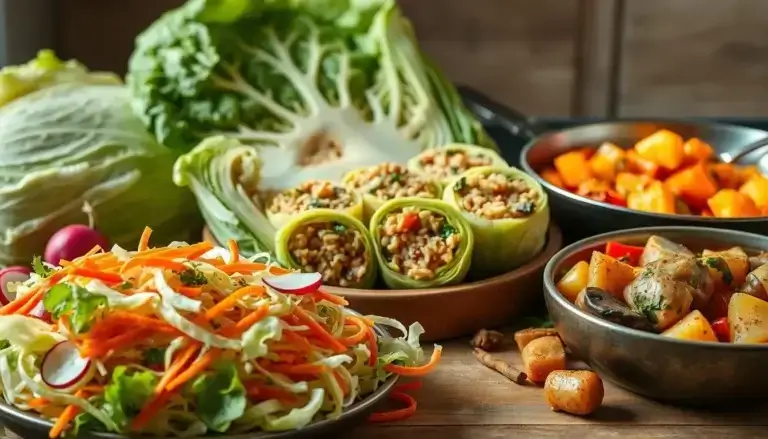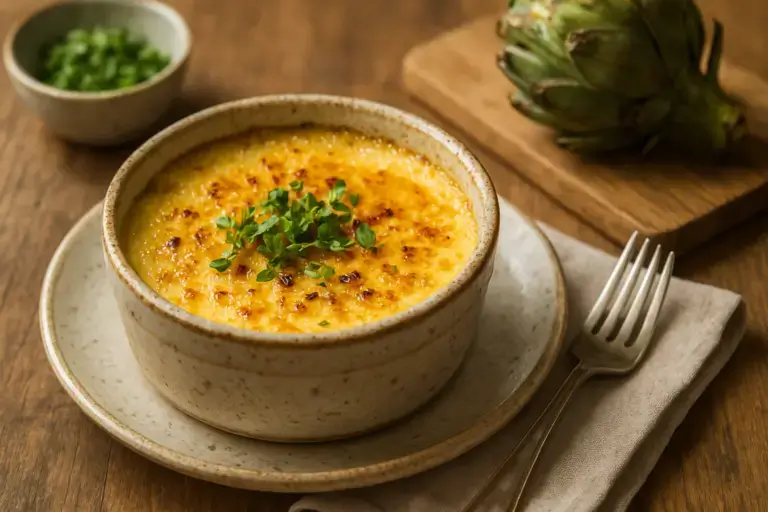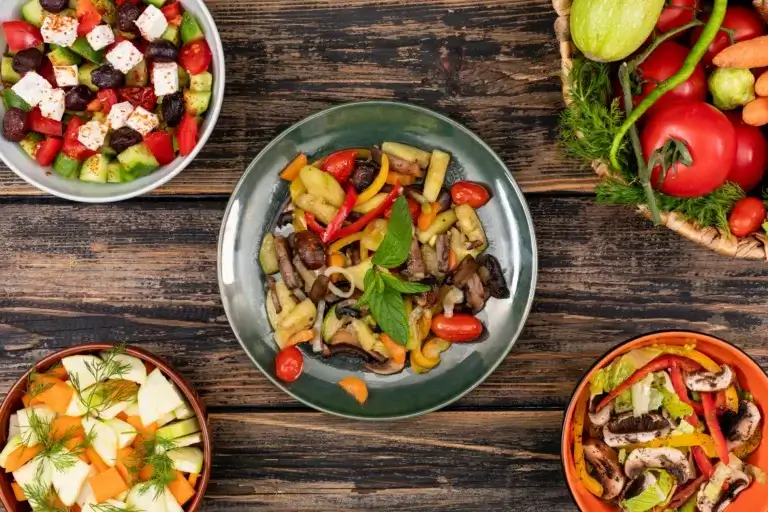Perfect Lion’s Mane Steak – Best Cooking Times
Table of Contents
Discover the secrets to unlocking the full potential of lion’s mane mushrooms with our guide. Whether you’re a cooking enthusiast or a plant-based explorer, this article reveals how to master their unique texture and flavor. Learn the best cook times for lion’s mane steak recipes, ensuring your dishes stay tender yet crisp.
These mushrooms mimic both seafood and steak, making them a versatile ingredient. From lions mane mushroom recipes for stir-fries to steak alternatives, proper cooking times transform them into flavorful meals. This guide breaks down methods like sautéing, roasting, and air-frying, so you can avoid sogginess or overcooking.
Key Takeaways
- Perfect cook times vary by method—sautéing, roasting, or air-frying.
- Lion’s mane’s meaty texture shines when cooked to golden perfection.
- Learn lions mane recipes that highlight their seafood-like flavor.
- Avoid overcooking to preserve their nutritional benefits and taste.
- Explore plant-based options with easy lions mane mushroom recipes.
What Makes Lion’s Mane Steak Special
Lion’s mane mushrooms grab your attention with their fluffy, white tendrils. But they offer more than just looks. They are packed with nutrition and versatility, making them a favorite in kitchens everywhere. They have been valued in traditional Chinese medicine for their potential benefits to the brain and immune system.
Modern science is also looking into their health benefits. This makes them a standout choice for many.
- Texture magic: Their meaty, sponge-like structure soaks up flavors while holding its shape, perfect for lion’s mane steak recipes that mimic seafood or steak.
- Health boost: Packed with protein and antioxidants, they’re a nutritious addition to any meal.
- Cooking creativity: From stir-fries to tacos, their adaptability shines in countless dishes beyond basic sautéing.
What truly sets them apart is their role as a sustainable meat alternative. Their spongy texture makes them a great substitute for seafood in lion’s mane mushroom recipes. This makes them a favorite for those following plant-based diets.
You can find them in stores, farmer’s markets, or even grow your own with home kits. Whether you’re making a savory steak-like dish or trying out lion’s mane mushroom recipes like crab cakes, these mushrooms offer great taste and health benefits. With their growing availability and versatility, now is the perfect time to try them in your kitchen.
Health Benefits of Lion’s Mane Steak
Lion’s Mane steak isn’t just tasty; it’s also packed with health benefits. Here’s some additional information on its potential effects:
Cognitive Support: Recent studies suggest that Lion’s Mane may help improve cognitive function and memory. This is due to bioactive compounds like hericenones and erinacines, which may promote nerve growth and repair. Some research even indicates it could have a positive impact on individuals with mild cognitive impairment.
Immune System Boost: Lion’s Mane is rich in beta-glucans, polysaccharides that help stimulate and strengthen the immune system. By supporting the body’s natural defenses, it plays a role in disease prevention.
Mood Enhancement and Stress Management: This mushroom has also been linked to reducing symptoms of anxiety and depression, thanks to its anti-inflammatory and neuroprotective properties. It may also help reduce stress by boosting levels of nerve growth factor (NGF), a protein essential for brain function.Lion’s Mane steak is, therefore, an excellent choice for supporting brain health, the immune system, and emotional balance!
The Ultimate Guide to Preparing Lion’s Mane Steak.
When prepared correctly, lion’s mane steak offers a texture that resembles white meats like crab or chicken, while providing a subtly umami flavor that pairs perfectly with marinades or seasonings. Whether replacing a traditional steak in a main dish or creating an innovative culinary experience, lion’s mane steak is a great choice for those seeking a healthy, plant-based option.
Using cooking methods like pan-frying or roasting, you can achieve a perfectly golden, crispy lion’s mane steak on the outside, while keeping it tender on the inside. This makes it ideal for dishes like vegan burgers, wraps, or even surf and turf-style meals.
Keep in mind that one of the keys to cooking a perfect lion’s mane steak is to avoid overcooking it. A light sear is enough to bring out all its rich flavor without compromising its texture. With the right seasoning, lion’s mane steak can become one of the most delicious and nutritious dishes in your repertoire.
Understanding Lion’s Mane Mushroom Texture and Flavor
Before diving into how do you cook Lion’s Mane steak, it’s good to understand their unique qualities. Their taste and texture are key to any dish.
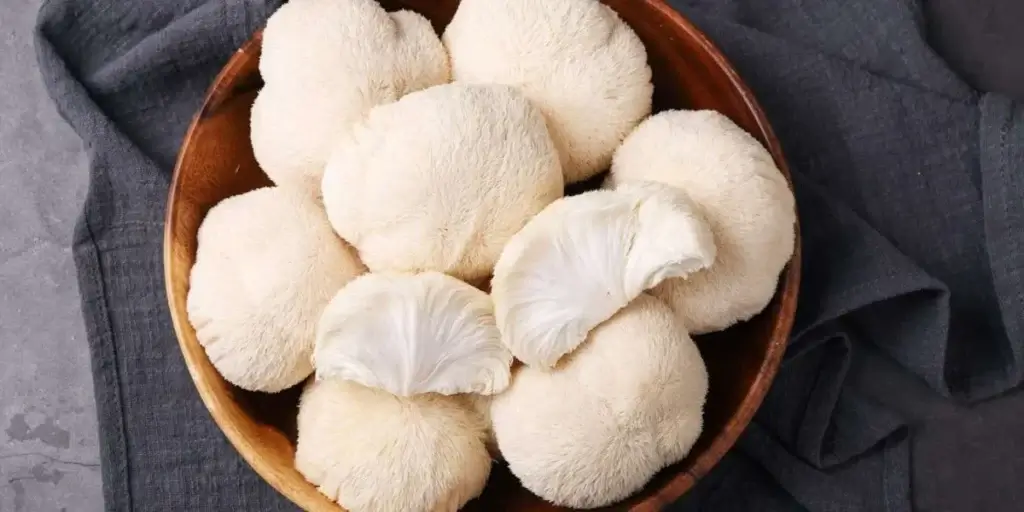
The Unique Seafood-Like Flavor Profile
Lion’s Mane mushrooms have a flavor that’s like crab cakes but without the seafood. They taste buttery and slightly sweet. Their mild brininess goes well with garlic, butter, or lemon, making them perfect for mock seafood dishes.
Their subtle earthy notes add depth without being too strong.
Texture Characteristics That Make It Steak-Like
Raw lion’s mane is chewy and almost crunchy. But when cooked, it becomes tender and meaty. Sautéing or grilling turns it into strips that feel like crab legs or pulled pork.
Be careful not to overcook it, as this can make it spongy. Cooking it right brings out its steak-like texture.
Nutritional Benefits Worth Knowing
- Protein powerhouse: 5g per 3-ounce serving, rivaling many vegetables.
- Immune boosters: Beta-glucans strengthen natural defenses.
- B vitamin source: Supports energy production and nerve health.
- Potential brain benefits: Studies suggest compounds that may aid cognitive function.
These qualities make them a great choice for meals. They offer flavor, nutrition, and protein without meat. Now that you know their benefits, let’s explore how to prepare and cook them.
Essential Preparation Before Cooking
Before starting any lions mane recipe, getting ready is crucial. Wondering how to cook Lion’s Mane steak perfectly? It begins with these steps to keep their texture and taste just right. Follow this guide to make sure every dish is a hit.
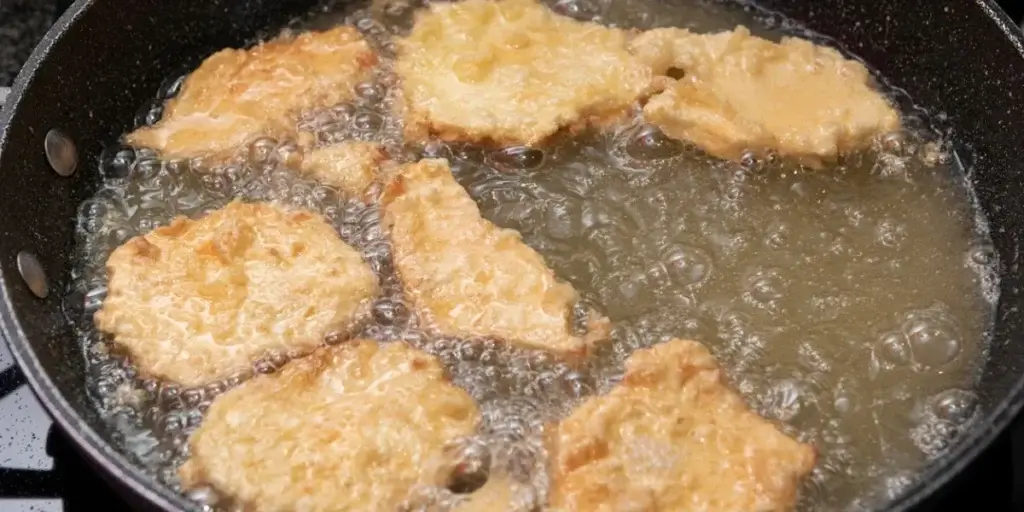
Cleaning Lion’s Mane Mushrooms Properly
Use a mushroom brush or a damp cloth to gently remove dirt. Don’t soak them in water, as they absorb moisture quickly. If you must rinse, do it briefly under cool water and dry them right away. Too much water can make them soggy.
Cutting Techniques for Different Recipes
Adjust your knife skills based on your dish:
- Steak-style: Slice the mushroom into 1-inch thick slabs perpendicular to the base.
- Small pieces: Tear into chunks along the natural fibers—chopping crushes their fibrous texture.
Dry vs. Fresh Lion’s Mane: Preparation Differences
Fresh mushrooms need only cleaning. Dried ones must be rehydrated first. Here’s how they differ:
| Aspect | Fresh | Dried |
|---|---|---|
| Cleaning | Brush or rinse lightly | Soak in warm water 20–30 mins |
| Cutting | Proceed as usual | Pat dry after soaking |
| Moisture Handling | Pat dry after washing | Save soaking liquid for broths |
Mastering these steps ensures your lion’s mane recipe is ready for cooking. Proper prep means less guesswork when sautéing or grilling later!
Storing Lion’s Mane Mushrooms
Lion’s Mane mushrooms are delicate and must be stored properly to preserve their freshness and texture. Here are some practical tips:
Fresh mushrooms: If you’ve purchased fresh Lion’s Mane, store them in a paper bag or wrapped in a clean cloth. Avoid plastic bags, as they trap moisture and can speed up deterioration. Fresh mushrooms typically last for 3 to 5 days in the refrigerator.
Dried mushrooms: If you have dried mushrooms, store them in a cool, dark place in an airtight container. They can last for several months. To rehydrate, simply soak them in hot water for 20 to 30 minutes before using them in your recipes.
Freezing: While freezing fresh mushrooms is generally not recommended due to their texture, if you must freeze them, it’s best to blanch them first. To do this, briefly boil them for 1 to 2 minutes, then immediately transfer them to an ice bath before freezing. This method helps maintain their quality.
The Perfect Lion’s Mane Steak: Step-by-Step Guide
Learning to make lion’s mane steak begins with fresh mushrooms. Pick a firm cluster and cut it into 1-inch thick rounds. Blot them dry and season each side with salt and pepper. Let them sit for 10 minutes to get crispy.
- Heat a cast-iron skillet on medium-high. Add 1 tbsp avocado oil and 1 tbsp butter. Once hot, place the mushroom slices in the pan.
- Cook for 3-4 minutes on each side until they curl and get golden. This step keeps the flavor in.
- Lower the heat to medium-low. Add 2 sprigs of thyme and 1 tsp chopped rosemary to the pan. Every 2 minutes, spoon melted butter over the steaks for 5-7 minutes.
To check if they’re done, press the top gently. If it springs back like medium-rare, they’re ready. Let them rest for 2-3 minutes on a cutting board. Serve with soy sauce or garlic butter. This method makes the lion’s mane recipe a hit with meat-free lovers.
Pro tip: For more flavor, marinate sliced mushrooms in tamari and sesame oil for 30 minutes before cooking. Add cracked black pepper before serving for extra taste.
Optimal Cook Times by Method
Getting the timing right makes every bite of Lion’s Mane steak special. Whether you’re sautéing or grilling, knowing how long to cook lion’s mane mushroom and how do you cook lion’s mane mushrooms is key. Here’s your guide to perfect timing.
Sautéing: Timing for Golden Perfection
Begin with a hot skillet over medium-high heat. Add sliced or torn mushrooms in oil and butter. Cook for 5-7 minutes until they soften.
Then, cook for 3-4 minutes more for golden edges. Total time: 8-11 minutes.
Roasting: Temperature and Duration Guide
Preheat your oven to 400°F (204°C). Mix mushrooms with oil and spices, then spread on a lined baking sheet. Roast for 15-20 minutes, flipping once.
They’re done when edges crisp and centers are tender.
Air Frying: Quick and Crispy Results
Air fryer fans, set to 375°F (190°C. Toss mushrooms with oil, salt, and pepper. Cook for 8-10 minutes, shaking halfway.
Check for crispness at 8 minutes; adjust time if needed.
Grilling: How to Achieve Those Perfect Marks
Preheat grill to medium-high. Brush mushroom slices with oil, place directly on grates. Cook for 4-5 minutes per side without moving.
Grill marks should show clearly on both sides.
| Method | How Long to Cook | Key Tip |
|---|---|---|
| Sautéing | 8-11 mins total | Flip only once |
| Roasting | 15-20 mins | Flip halfway |
| Air Frying | 8-10 mins | Shake the basket |
| Grilling | 4-5 mins/side | No touching until golden |
How to Tell When Your Lion’s Mane steak Are Perfectly Cooked
Knowing how long to cook lion’s mane mushroom is just the beginning. To get it right every time, you need to pay attention to visual and tactile signs. Here’s what to look for:
“Trust your senses—texture and color are your best guides,” culinary experts advise.
Visual Cues to Spot:
- Golden-brown edges with caramelized spots (sign of Maillard reaction)
- No translucent raw patches remaining
- Edges slightly curled or crisped
Texture Checks:
- Press with tongs—should spring back softly
- No spongy squish when squeezed
- Firmness similar to a cooked scallop
| Cooking Cue | What to Confirm |
|---|---|
| Moisture Test | Pan should have no pooling liquid |
| Cut Test | Interior fibrous, not slimy |
| Sound Check | Crackle instead of sizzle |
| Color Check | Opaque but not dried-out appearance |
If you’re unsure, cut the thickest part. Cooked mushrooms should have a fibrous interior with slight translucency. Avoid mushy or rubbery textures. By practicing these checks, you’ll go beyond just knowing how long to cook lion’s mane mushroom. You’ll become a master of cooking.
Flavor Boosters: Marinades and Seasonings That Work Best
Make your lions mane recipe stand out with the right marinades and seasonings. Lion’s mane absorbs flavors well, so pick strong ingredients. This will bring out its natural umami taste.
- Soy sauce + rice vinegar + maple syrup for umami depth
- Minced garlic, ginger, or lemongrass for aromatic warmth
- Lemon juice or balsamic vinegar to balance richness
| Flavor Profile | Ingredients | Best Use In |
|---|---|---|
| Umami | Soy sauce, miso, sesame oil | Asian-inspired lions mane mushroom recipes |
| Herbaceous | Thyme, rosemary, fresh parsley | Grilled or roasted dishes |
| Smoky | Smoked paprika, chipotle powder | Skillet or grill methods |
| Creamy | Garlic butter, nutritional yeast | Finishing touch for any dish |
For a richer taste, brush mushrooms with melted butter in the last 2 minutes. Add truffle oil or lemon juice just before serving. Try these tips to make lions mane mushroom recipes that are both bold and sweet.
Common Mistakes When Cooking Lion’s Mane steak
Cooking Lion’s Mane steak right means avoiding common mistakes. These errors can make your dish soggy or too salty. Here are the common mistakes to avoid:
Overcooking Issues and How to Avoid Them
Overcooking can make them tough. They release moisture as they cook. Here’s how to cook them just right:
| Method | Time |
|---|---|
| Sauté | 5–7 minutes (small pieces) |
| Roast | 12–15 minutes (thick steaks) |
| Air Fry | 10–12 minutes at 375°F |
Take them off the heat when they’re still a bit firm. They’ll finish cooking from the heat. How long to cook lion’s mane mushroom varies by method. But always cook them a bit less than you think.
Seasoning Mistakes That Mask Natural Flavors
- Adding too much salt early
- Overloading with garlic or soy sauce
- Ignoring the mushroom’s natural umami
Start with a light touch. Add salt and pepper first, then taste. Before adding more seasonings. Let the how do you cook Lion’s Mane steak show off their natural taste.
Temperature Errors That Affect Texture
Low heat makes them soggy; high heat burns them. Aim for:
- Preheat your pan until oil shimmers (medium-high)
- Cook 2–3 minutes per side at high heat first, then lower to medium
Adjust based on mushroom thickness. Thicker cuts need longer, steady heat.
Must-Try Lion’s Mane Recipes Beyond the Basic Steak
Once you’ve mastered the steak-like texture, explore new ways to enjoy Lion’s Mane steak. These recipes show off the mushroom’s versatility. From seafood-inspired dishes to bold global flavors, there’s something for everyone.
Lion’s Mane “Crab Cakes”
Try these crab cakes for a seafood taste without the seafood. Here’s how to make them:
- Shred cooked lion’s mane into fibrous strands
- Combine with ¼ cup gluten-free breadcrumbs, bell pepper, scallions, Old Bay seasoning, and mayo
- Pan-fry in olive oil until golden brown (3-4 mins/side)
Enjoy them with tartar sauce for a tasty twist on seafood classics.
Mushroom Tacos with Lime Crema
Make lion’s mane the star of taco night. Sauté torn mushrooms with cumin, coriander, and chipotle powder until crispy. Top corn tortillas with:
- Warm mushrooms
- Lime crema (sour cream + lime zest + cilantro)
- Avocado, radish, and pickled onions
These tacos are a vibrant, gluten-free choice for any day.
Lion’s Mane Mushroom Pasta
Give creamy pasta an earthy twist. Sauté sliced mushrooms with garlic and white wine. Simmer with cream until thickened. Toss with pasta and finish with lemon zest. This recipe is best with thick mushroom cuts.
Asian-Inspiried Stir-Fry
For a quick and flavorful dish, stir-fry lion’s mane in soy-ginger sauce. Tear mushrooms into bite-sized pieces. Stir-fry 4-5 mins with ginger, garlic, and scallions. Add soy sauce, sesame oil, and a splash of rice vinegar. Serve over rice or noodles. Try black bean sauce with orange zest for a tangy kick.
Conclusion: Mastering Your Lion’s Mane Cooking Journey
Now you know the best ways to cook Lion’s Mane steak. You can make a juicy steak or a tasty stir-fry. The key is to strike a balance between texture and flavor.
Start with the right prep. Clean them well and choose the right cut. Timing is also crucial. Sautéing, roasting, or air frying needs attention to moisture and heat.
Let the mushroom’s natural sponginess guide you. Avoid overcooking to keep them tender. Seasoning should enhance their seafood-like taste without overpowering.
Lion’s Mane steak are more than a meat substitute. They’re versatile for crab cakes, pasta, or tacos. As they become more common, try new pairings with herbs, sauces, or spices.
Each batch might be slightly different. Trust your senses for doneness, browning, and seasoning.
Cooking with lion’s mane is a journey of patience and curiosity. Adjust your methods based on your kitchen and taste. With practice, you’ll cook them perfectly every time. They’re a great choice for plant-based meals or seafood alternatives. Now, it’s your turn to create dishes that surprise and delight.
FAQ
What are some popular lion’s mane mushroom recipes?
Popular recipes include Lion’s Mane “Crab Cakes” and Mushroom Tacos with Lime Crema. You can also try Lion’s Mane Mushroom Pasta and Asian-inspired stir fries. These dishes highlight the mushroom’s unique taste and texture.
How do you cook Lion’s Mane steak?
You can sauté, roast, grill, or air fry lion’s mane mushrooms. Sautéing takes 5-7 minutes. Roasting needs 15-20 minutes at 400°F (204°C). Grilling takes 4-5 minutes per side over medium-high heat.
How long should I cook Lion’s Mane steak?
Cooking times depend on the method. Sauté for 5-7 minutes. Roast for 15-20 minutes. Grill for 4-5 minutes per side. Look for a golden-brown exterior to check if they’re done.
Can you share a lion’s mane recipe that’s easy for beginners?
Start with sautéed mushrooms. Slice them and cook in olive oil with salt, pepper, and garlic. Cook for 5-7 minutes until golden and tender. Serve on toast or as a side dish.
Are there any health benefits of eating lion’s mane mushrooms?
Yes, they support brain health, boost the immune system, and aid digestion. They’re rich in protein, B vitamins, and antioxidants.
What’s the best way to clean lion’s mane mushrooms before cooking?
Gently clean them with a soft brush or a damp paper towel. Avoid soaking. If rinsing, do it quickly under cool water and dry them right away.

